Your favorite classic books are really, really different with an iPhone.



A team of Stanford researchers have developed a novel means of teaching artificial intelligence systems how to predict a human’s response to their actions. They’ve given their knowledge base, dubbed Augur, access to online writing community Wattpad and its archive of more than 600,000 stories. This information will enable support vector machines (basically, learning algorithms) to better predict what people do in the face of various stimuli.
“Over many millions of words, these mundane patterns [of people’s reactions] are far more common than their dramatic counterparts,” the team wrote in their study. “Characters in modern fiction turn on the lights after entering rooms; they react to compliments by blushing; they do not answer their phones when they are in meetings.”
In its initial field tests, using an Augur-powered wearable camera, the system correctly identified objects and people 91 percent of the time. It correctly predicted their next move 71 percent of the time.
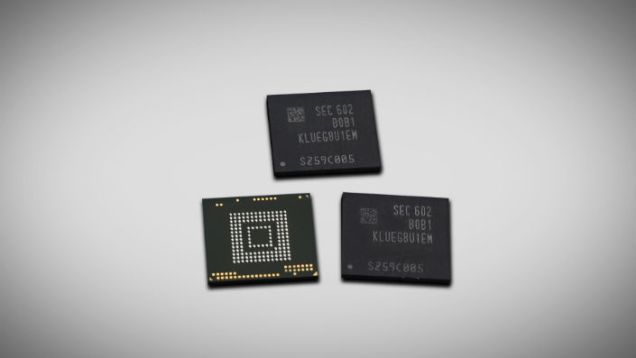
I love high capacity things. So when Samsung announced it’s producing 256 GB flash storage that can be used in mobile devices, I swooned. The memory is two times faster than the previous generation of Universal Flash Storage (UFS) memory, meaning that phones will not only have greater storage capacities, but also breeze reading and writing operations.
Nonetheless, there are probably still a lot of you thinking this isn’t a huge deal. You might say that the most popular Android phones already support microSD expandable memory, or that Android 6.0 Marshmallow supports adoptive memory, making it easier for your phone to read and write to expandable storage. But that would be missing the point.
Expandable storage has always been a bandage on a much greater problem plaguing Android phones: the cost of high capacity flash memory was too high and the size was too bulky to include in older smartphones. Plus, expandable memory has never performed nearly as well as internal UFS memory. Although Android 6.0 Marshmallow supports a new adoptive memory feature that basically treats external memory as internal memory, neither of Android’s two biggest vendors, LG or Samsung, support the feature in their new smartphones.
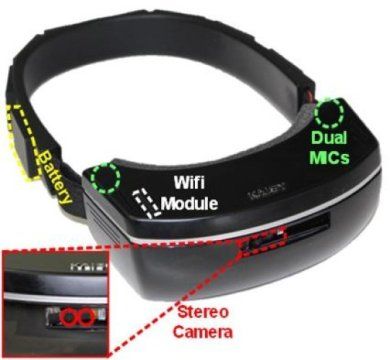
K-Glass, smart glasses reinforced with augmented reality (AR) that were first developed by the Korea Advanced Institute of Science and Technology (KAIST) in 2014, with the second version released in 2015, is back with an even stronger model. The latest version, which KAIST researchers are calling K-Glass 3, allows users to text a message or type in key words for Internet surfing by offering a virtual keyboard for text and even one for a piano.
Currently, most wearable head-mounted displays (HMDs) suffer from a lack of rich user interfaces, short battery lives, and heavy weight. Some HMDs, such as Google Glass, use a touch panel and voice commands as an interface, but they are considered merely an extension of smartphones and are not optimized for wearable smart glasses. Recently, gaze recognition was proposed for HMDs including K-Glass 2, but gaze is insufficient to realize a natural user interface (UI) and experience (UX), such as user’s gesture recognition, due to its limited interactivity and lengthy gaze-calibration time, which can be up to several minutes.
As a solution, Professor Hoi-Jun Yoo and his team from the Electrical Engineering Department recently developed K-Glass 3 with a low-power natural UI and UX processor to enable convenient typing and screen pointing on HMDs with just bare hands. This processor is composed of a pre-processing core to implement stereo vision, seven deep-learning cores to accelerate real-time scene recognition within 33 milliseconds, and one rendering engine for the display.
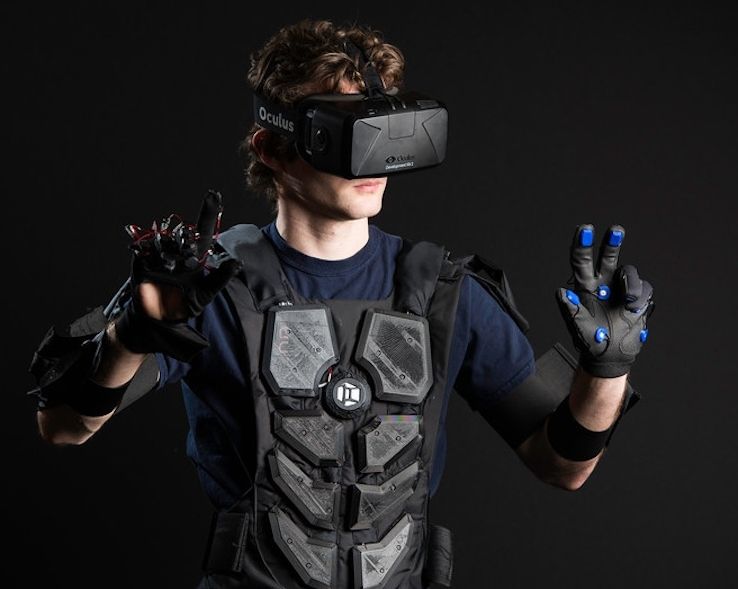
And, this will only be the beginning because with the lightering weight materials that have been develop we will see some amazing VR suits coming.
Virtual reality could one day incorporate all the senses, creating a rich and immersive experience, but existing virtual reality headsets only simulate things you can see and hear. But now, a group of engineers wants to help people “touch” virtual environments in a more natural way, and they built a wearable suit to do just that.
Designed by Lucian Copeland, Morgan Sinko and Jordan Brooks while they were students at the University of Rochester, in New York, the suit looks something like a bulletproof vest or light armor. Each section of the suit has a small motor in it, not unlike the one that makes a mobile phone vibrate to signal incoming messages. In addition, there are small accelerometers embedded in the suit’s arms.
The vibrations provide a sense of touch when a virtual object hits that part of the body, and the accelerometers help orient the suit’s limbs in space, the researchers said. [Photos: Virtual Reality Puts Adults in a Child’s World].
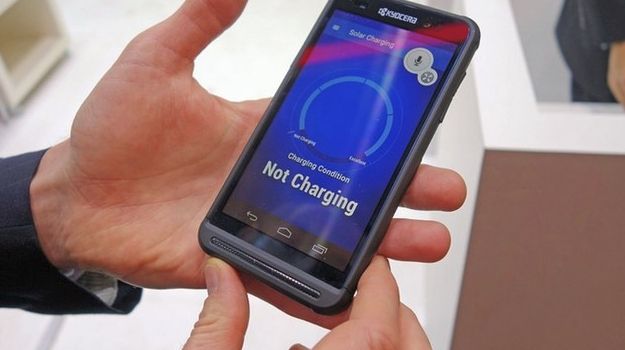
You phone does all kinds of things when it’s just lying there: checking your Facebook feed, pulling down Google Now updates, receiving emails and text messages. One thing it’s not doing: giving your battery a break.
Kyocera is working to change that. How? By sandwiching a solar panel to a smartphone display. It’s something they’ve been working on in conjunction with Sunpartner Technologies. They actually showed off their progress last year at Mobile World Congress, and they returned this year to give the crowd a glimpse at their updated prototype.
It’s an Android device with a five-inch screen, and like some of Kyocera’s other phones it’s waterproof and quite rugged. Curious how the solar layer affects the phone’s display? Reports from people that have spent time with the device say that you’d be hard pressed to notice the difference. That’s because the .55mm panel that Kyocera has integrated into their latest prototype’s display is 85% transmissive.

I must admit that appears that almost anything in tech is being called out as a threat. FB, Twitter, Smartphones, CRISPR, AI, etc. Tech advancements do bring greater freedoms & opportunities to express one’s ideas and beliefs as well as enable a greater access to people, information, and geographical locations; however, and that does pose some level of risk in small pockets of the greater poulation. Nonetheless, I hope that the government spying pendullum swing doesn’t go overboard.
Who tweets at you, what you tweet back, and why can predict your next protest act on social media.


Microsoft founder Bill Gates has broken with other Silicon Valley giants by backing the FBI in its battle with Apple over hacking into a locked iPhone as part of the investigation into last December’s San Bernardino terror attack.
In an interview with the Financial Times published Tuesday, Gates said a court order requiring Apple to help the FBI access a work phone belonging to gunman Syed Farook was” a specific case where the government is asking for access to information. They are not asking for some general thing, they are asking for a particular case.”
Gates went on to compare the FBI’s request to accessing bank and telephone records. However, he added that the government must be subject to rules about when it can access such information.
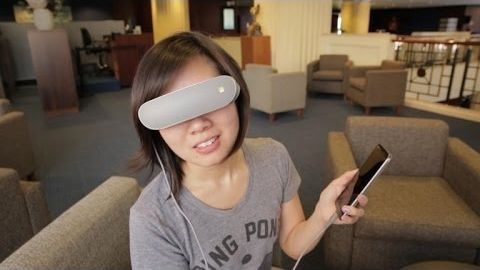
More from Mobile World Congress 2016: http://bit.ly/24mukpB
Forgoing the use of a phone as its display, LG’s VR headset features two independent screens and connects to your handset with a USB Type-C connection.
Watch more CNET videos: http://www.cnet.com/video
Follow CNET on Twitter: http://twitter.com/CNET
Follow CNET on Facebook: http://www.facebook.com/cnet